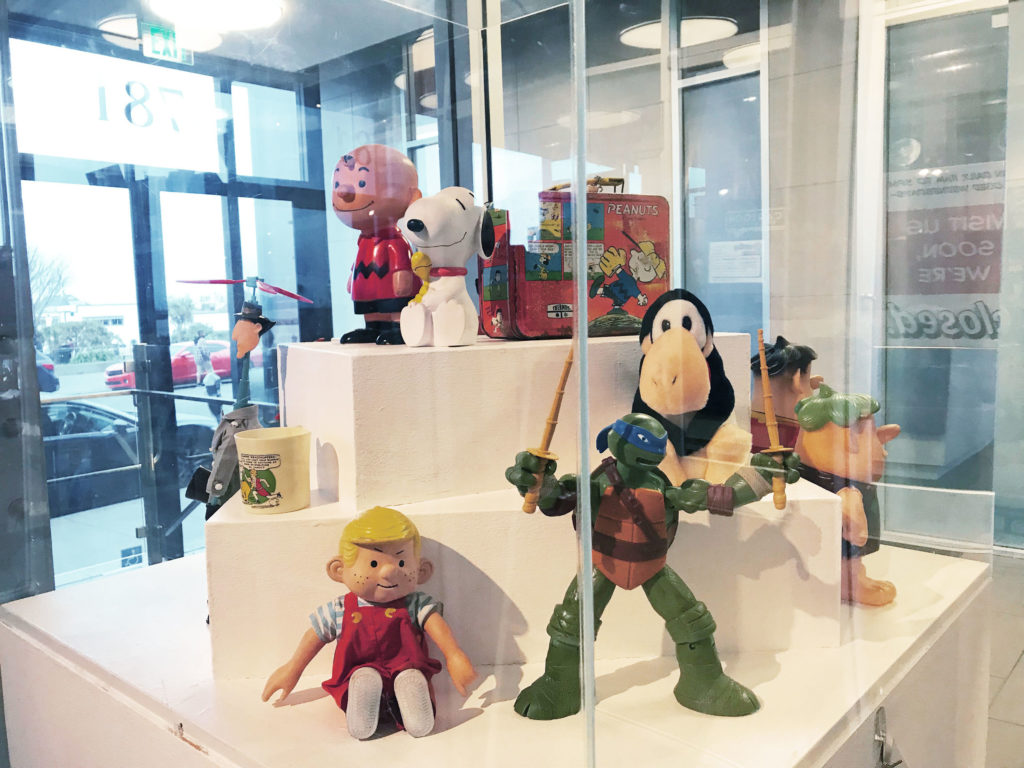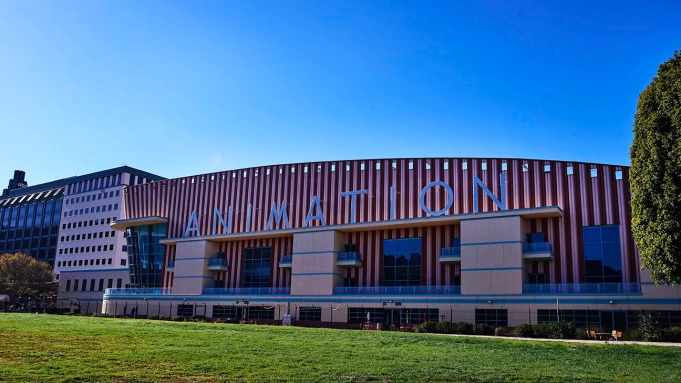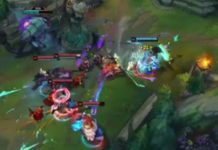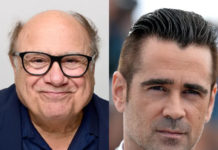
Is a National Animation Museum on the horizon?
On Tuesday, state senator Anthony Portantino (D – La Cañada Flintridge) announced that he helped secure $2.5 million in the 2022-23 California state budget to kickstart an effort to develop a virtual and physical animation museum.
There’s still a long way to go before the project can become a reality. More fundraising will follow, along with outreach to studios and groups including the International Animated Film Society (ASIFA-Hollywood), the non-profit that produces the Annie Awards for animation — which separately had been developing its own plans for a museum to celebrate its art form.
One initial idea is to potentially find a space in the Burbank-Glendale-Pasadena area, which has long been a center for animation. Burbank has been the home of Walt Disney Animation Studios since 1940, Dreamworks Animation has called Glendale its home since its launch in 1994, and among the most recent additions is a new Netflix Animation facility in Burbank.
Leading this effort as founder and chairman is Eddie Newquist, a creative executive who has worked on exhibitions and promotional tours including Harry Potter: The Exhibition, Avatar: Discover Pandora and the Game of Thrones Studio Tour. A small advisory board includes Hollywood producer and former DreamWorks Animation head Chris DeFaria (Gravity, Ready Player One); Academy Award winner Chris Buck, who directed Disney’s Frozen with Jennifer Lee; and former Disney exec and Iwerks Entertainment co-founder Stan Kinsey.
According to Newquist, the idea for the museum first took shape during a career day at a local high school four or five years ago, where he was featured along with Portantino, Buck and DeFaria. “It simply just came up in conversation, the fact that given so much of the history of animation has happened in and around Southern California, it’s kind of tragic that there isn’t a place to celebrate that,” Newquist says.
The group promised to support Newquist’s idea, he says, and, several years later, Portantino called him up to inform him that the fiscal year’s budget surplus allowed for more investment in the arts and preservation. “This is the year to do it,” Portantino — whose district includes Glendale, Burbank and Pasadena — says he told Newquist. Portantino subsequently filed an official request for the state budget to include funding for the project that was approved.
Newquist’s early plans are to host gallery displays and exhibitions as well as events in a physical location, while a virtual component could reach those outside the state. The idea is to explore animation’s history and evolving technology but also offer an educational component for students. “The goal is to celebrate this as an industry, but also to open people’s eyes and certainly inspire young people to look at animation as really a terrific visualization tool, whether you want to get into science, whether you want to get into video game production, whether you want to get into robotics,” Newquist says. “We want to make sure that this really is looking very, very widely across the scope. And I know that’s a tall order right now, but now is our opportunity to sort of aim high and have big dreams.”
If the museum comes together, it will join two new, high-profile L.A.-based museums exploring the art of entertainment and, to a lesser extent, that of animation. The $484 million Academy Museum opened in the fall of 2021 with an animation gallery and a retrospective on Japanese animation filmmaker Hayao Miyazaki. The Lucas Museum of Narrative Art, which THR has reported comes with a $1.5 billion price tag, will feature animation under its “narrative art” banner, alongside comic art, photography, paintings and other art forms when it opens in 2023.
The idea to build an animation museum isn’t new.
More than a decade ago, individuals from the animation community hatched an idea to create an animation museum in the Burbank area, according to industry vet Frank Gladstone, who is today the executive director of ASIFA-Hollywood. He relates that that project didn’t go forward when they were unable to raise the funding to launch the museum, which had an architectural firm on board and was to include a screening theater and library.
More recently, ASIFA took the initiative. At first, their plan was to open a small museum at the org’s then-Burbank headquarters, but then the COVID-19 pandemic hit, and the project was put on hold as ASIFA gave up the lease to its space. Now, the project planning has restarted, Gladstone reports.
“We had to put it on hiatus for a couple years. [But] This is an initiative that we have never given up. It’s part of our agenda and something we have wanted to do for years,” he tells THR, adding that ASIFA already owns a large collection of archival material including films, concept art, storyboards, notes and production cells.
He reports that much of the theatrical animation material in ASIFA’s collection is currently archived by the Academy of Motion Picture Arts and Sciences, which the Academy confirmed. Gladstone admits and he and the ASIFA board were surprised by Tuesday’s announcement of the state funding for an animation museum, as they “had not contacted us.”
“We would welcome talking with them,” he says. (For his part, Newquist says he hasn’t had the chance to schedule in-person meetings yet but ASIFA is “absolutely on our radar.”) Meanwhile, Newquist expressed interest in reaching out to the animation community — studios, individuals and organizations including ASIFA — and partnering with some organizations on the project.
Newquist recognizes that the $2.5 million earmarked in this year’s state budget is just the start, and more fundraising plans are needed. The initial $2.5 million from the state budget will go toward hiring personnel to assist with fundraising as well as recruiting executive management and completing a “top-down review of possibilities” for the project, he says. Portantino adds that he believes the idea will “snowball” from this point: “It was important for the state to step up early and send that message that we want to do this,” he says.
“Now I think the money could be raised,” says an optimistic Gladstone, remembering the failed past attempt to erect a museum for animation. “Animation is so widespread and so many people work in [this field]. It deserves something important.”




